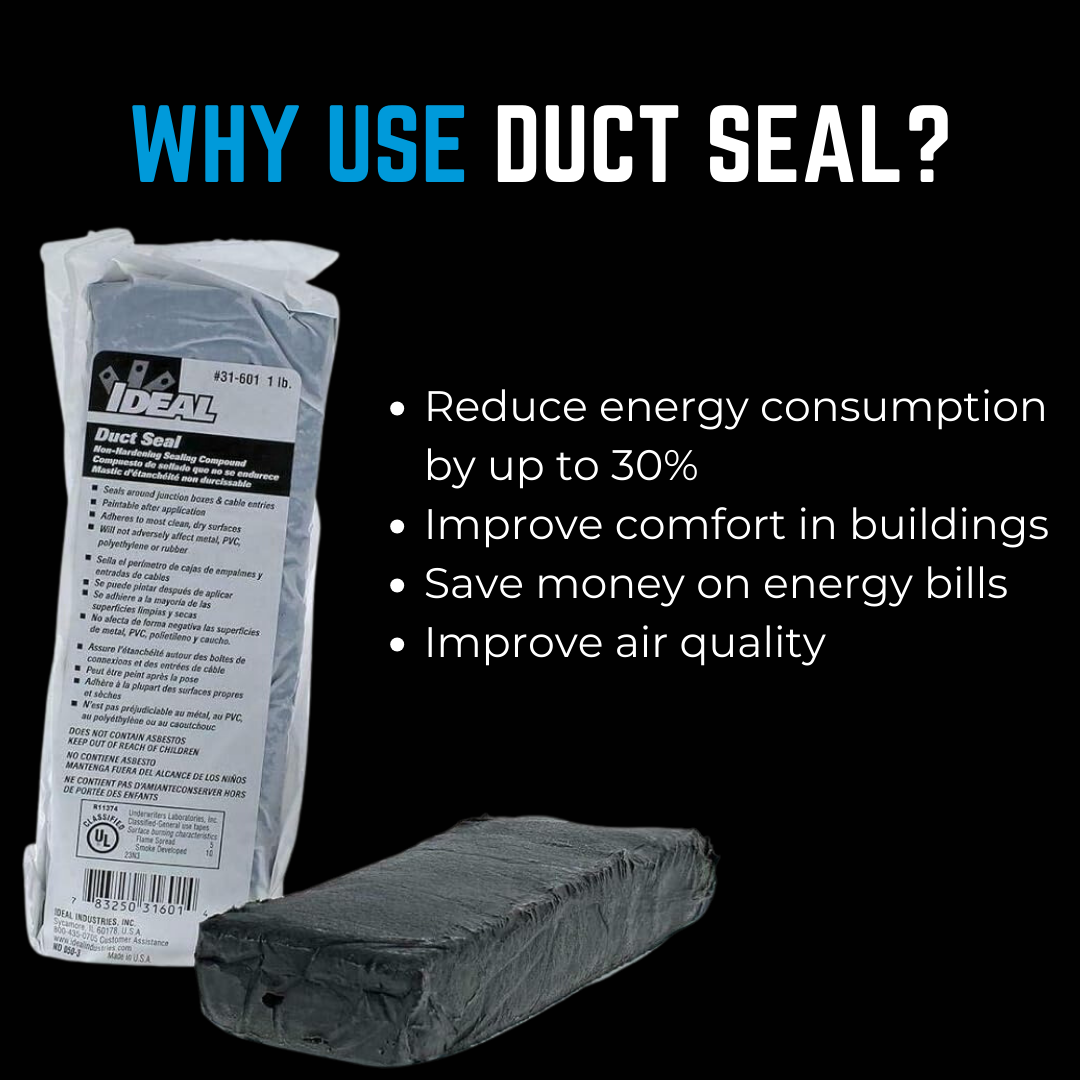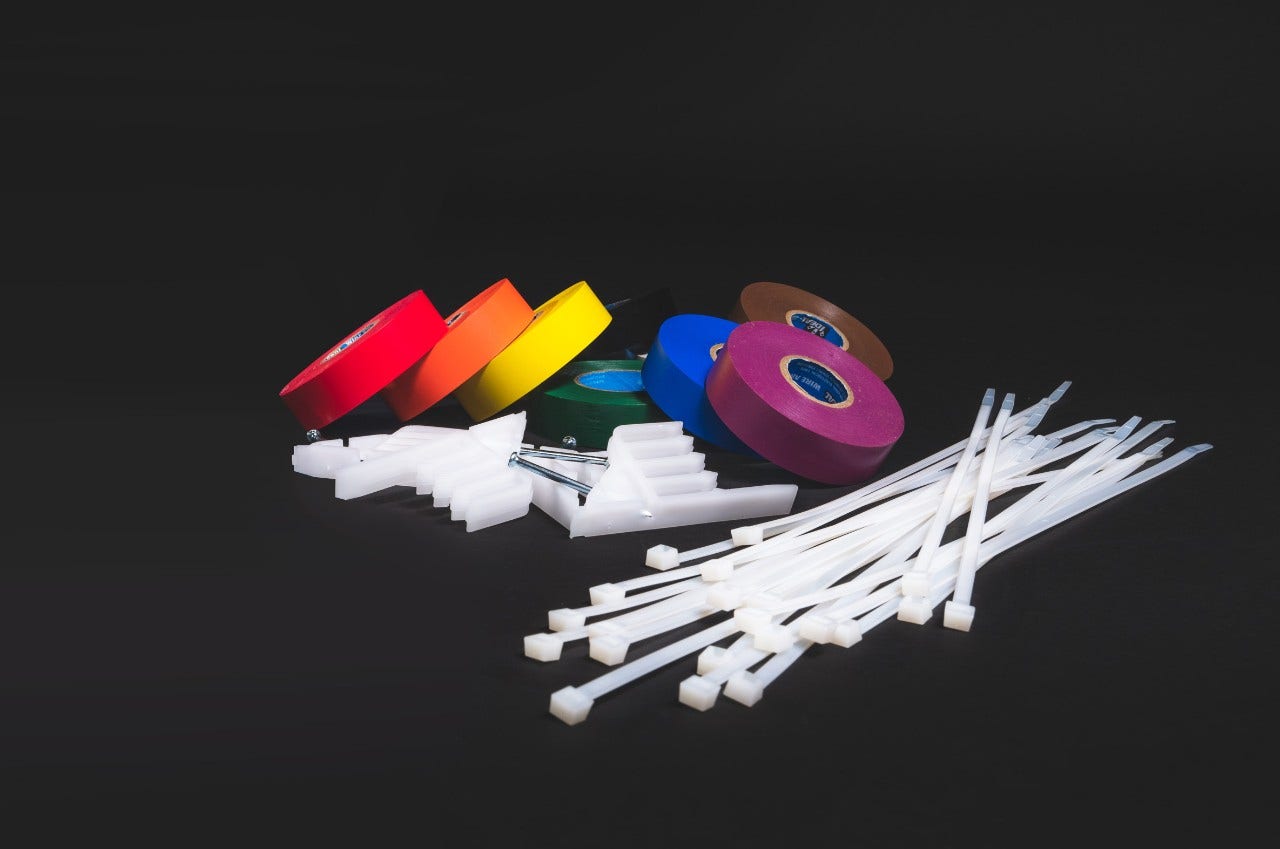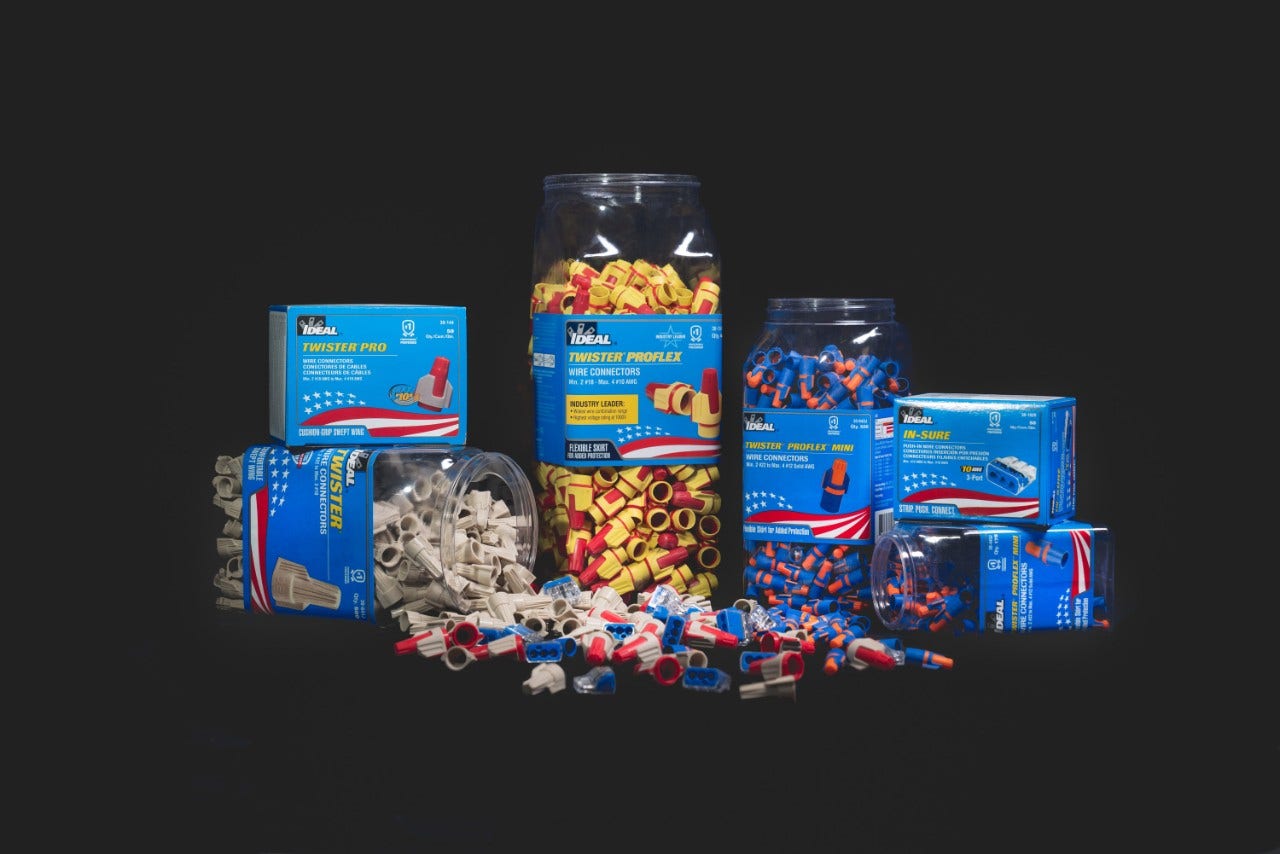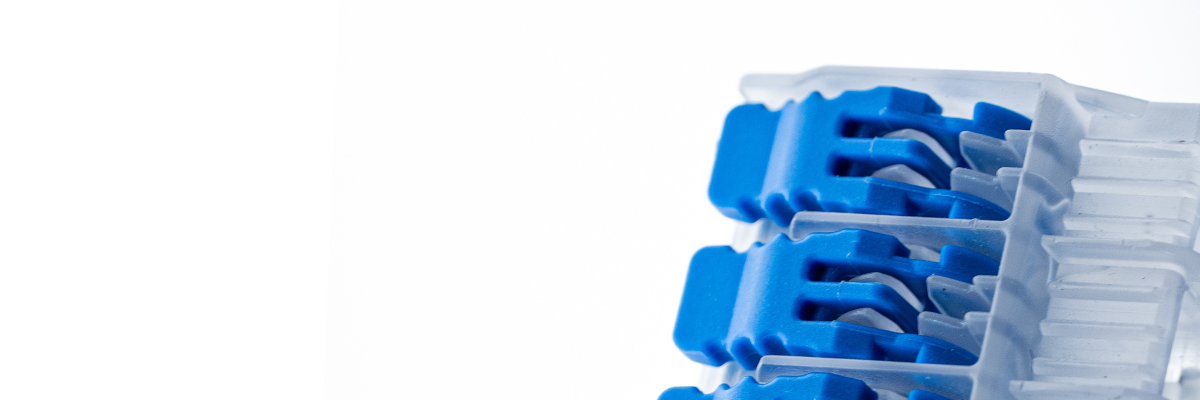The State of the Middle East Climate
Due to its hot, dry climate, countries in the Middle East are known to have some of the highest temperatures in the world; Kuwait, Iran, Iraq, Bahrain, Qatar, Saudi Arabia and the UAE have all recently surpassed temperatures of 50°Copens in a new tab. The blistering heat is not only here to stay, but temperatures are actually expected to continue ro rise. A recent report found the Middle East North Africa (MENA) region is warming nearly twice as fast as the global averageopens in a new tab, with an accelerated rate of 0.4°C per decade since the 1980s. By 2050, it is predicted the region could be as much as 4°C warmeropens in a new tab.
To maintain thermal comfort, air conditioning equipment is prevalent throughout the region’s buildings – both residential and commercial. For example, more than 60%opens in a new tab of Qatar’s electricity is used for cooling air, while the figure is even higher in neighbouring UAE where air cooling systems account for up to 85% of buildings’ energy consumption. Temperatures are so hot, in fact, that Qatar has taken to air conditioning outside spacesopens in a new tab, including markets, sidewalks, outdoor malls and stadiums which were used during the 2022 World Cup.
Whilst air cooling systems account for a large proportion of energy consumption in this region, their use is essential in keeping the population comfortable, particularly in the face of soaring temperatures. Unsurprisingly, significant continued growth is expected in the Middle East air conditioning marketopens in a new tab. But there’s an often-overlooked energy guzzler lurking in air-conditioned buildings which negatively impacts the effectiveness of air conditioning equipment – and that is compromised ducts.
The Consequences of Leaky Ductwork
Ductwork plays an important role in buildings with cooling systems, distributing the conditioned air around the building. When properly sealed, they keep buildings comfortable year-round and, used effectively, can even contribute to reduced energy bills. However, duct leaks are common and, as ductwork is often located in difficult to see and reach areas, leaks can easily go unnoticed.
Figures suggest that, in a typical home, a staggering 20-30% of the air that moves through the duct system is lost due to leaksopens in a new tab, holes and poorly installed ducts, resulting in a less efficient heating and cooling system, uncomfortable living conditions and increased energy bills, as compromised ductwork forces the system to work harder to compensate for the losses.
Such leaks can have an adverse effect on occupants’ health, with leaks allowing dust, debris and unwanted pests and rodents to enter the ductwork, as well as moisture which causes mould to grow, all negatively impacting the air quality inside the building.




